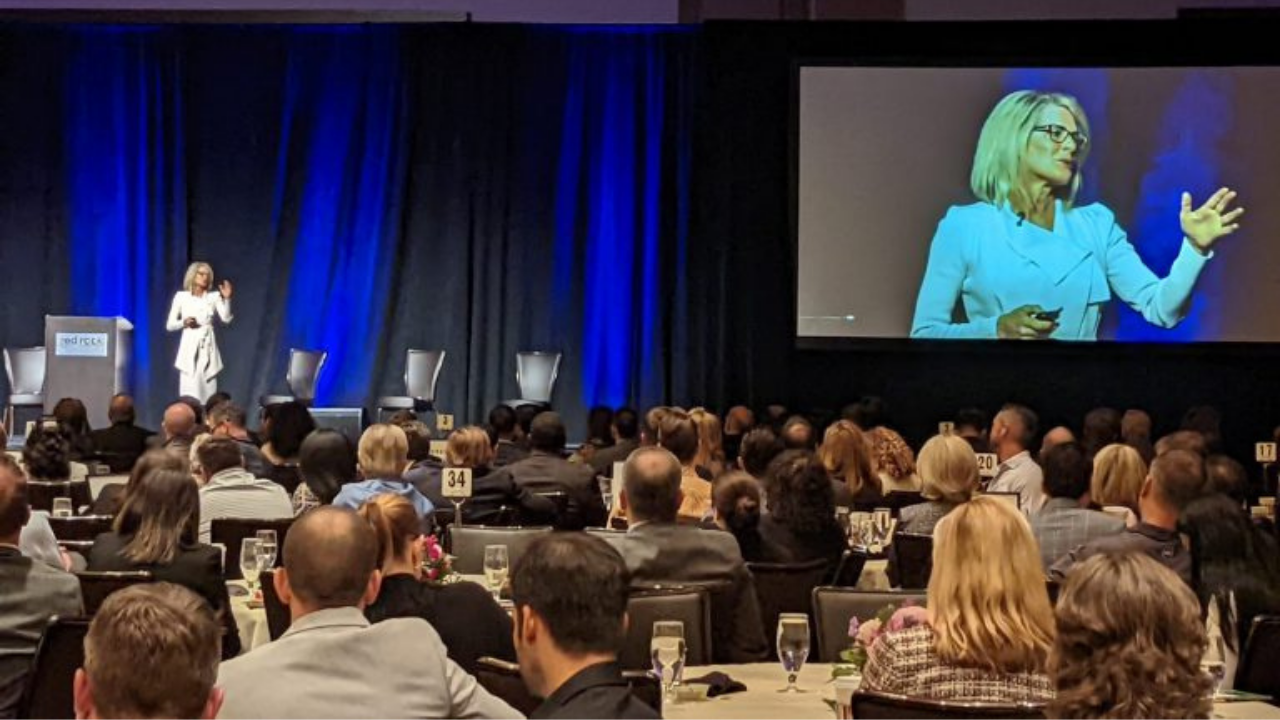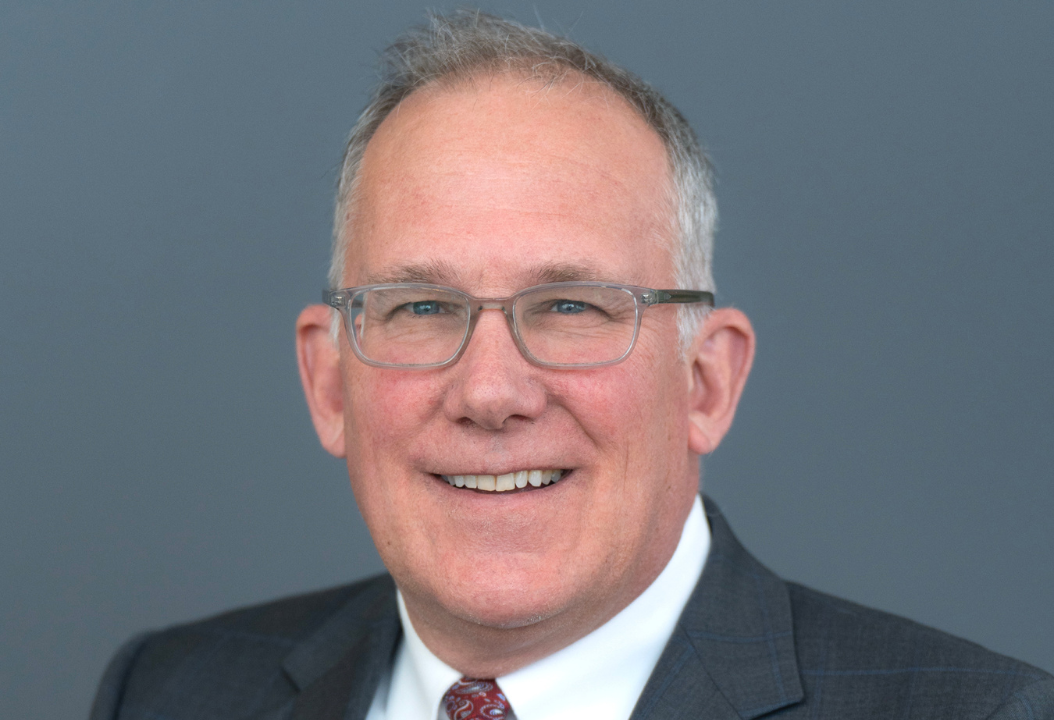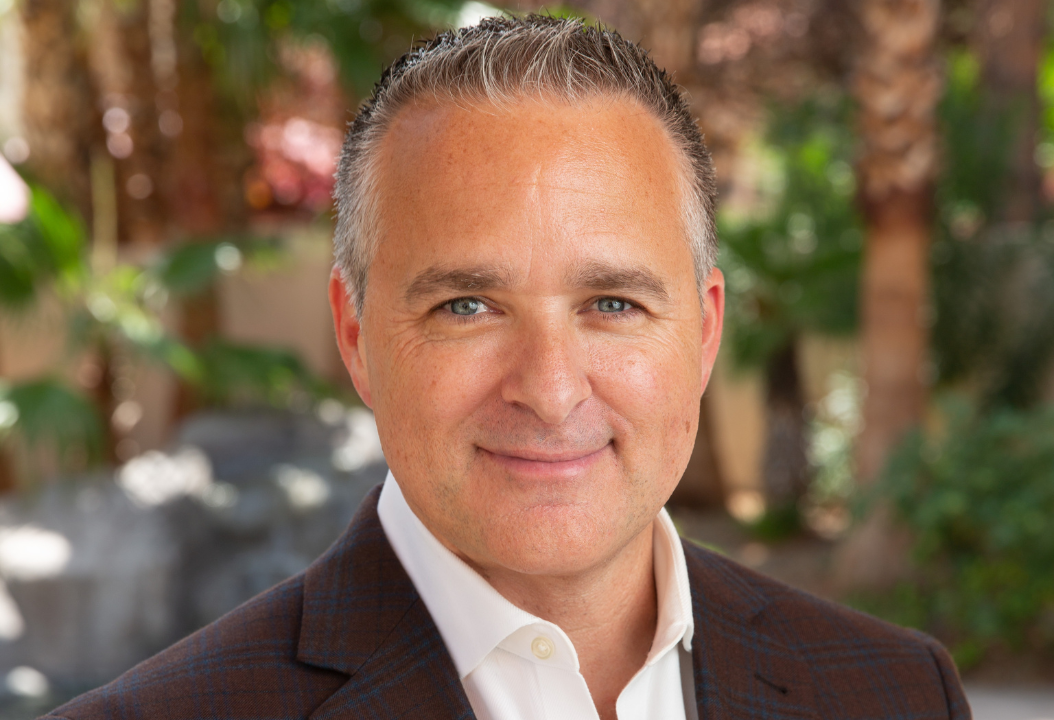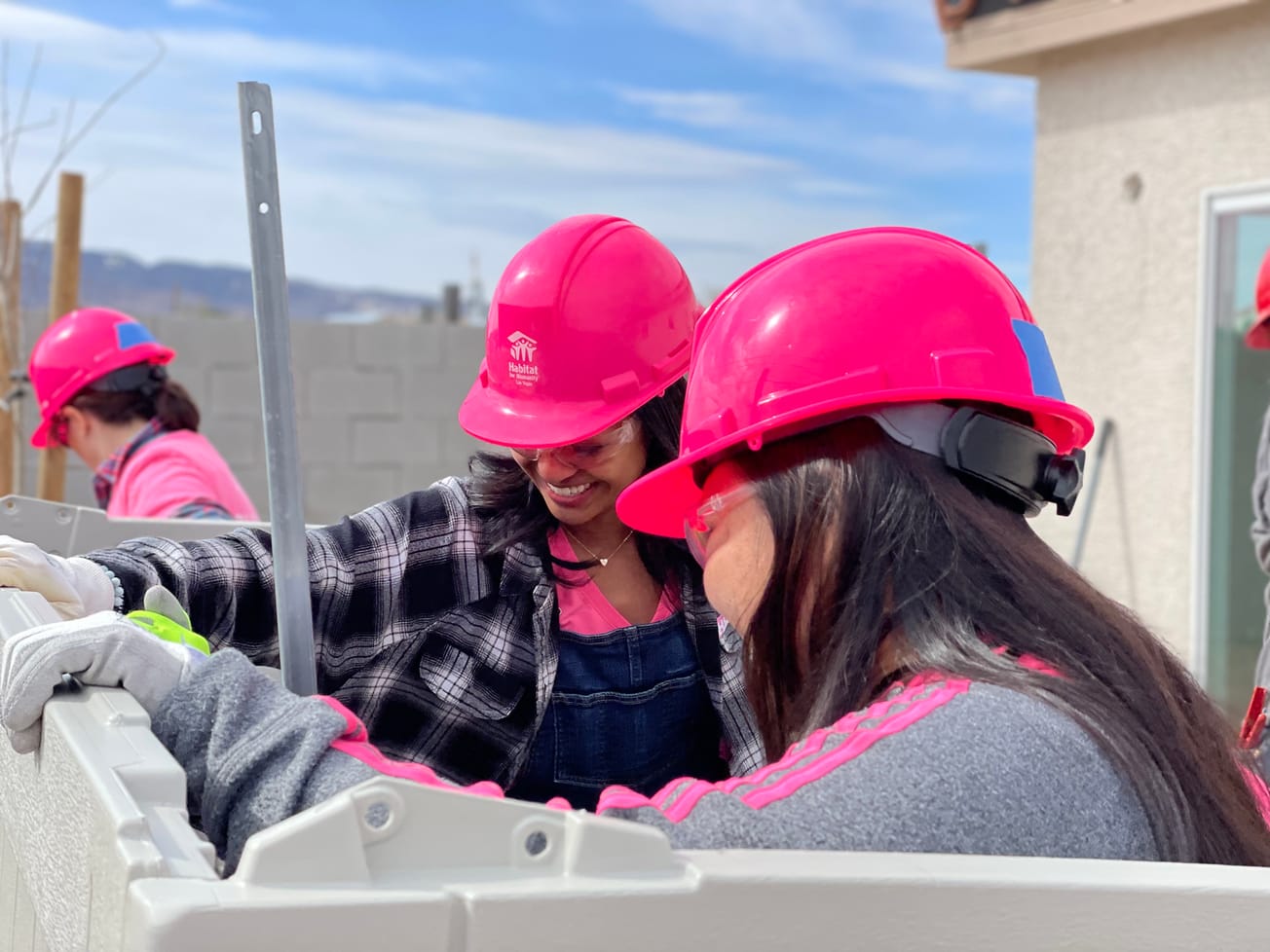Subscribe to our email newsletter and follow us on social media. #HomeMeansNevada
On March 4th, we attended the State of Economic Development event hosted by the Las Vegas Global Economic Alliance (LVGEA) at the Red Rock Resort. The event attracted more than 600 attendees which included elected officials and community and business leaders in Southern Nevada. Here are some of the highlights from the event:
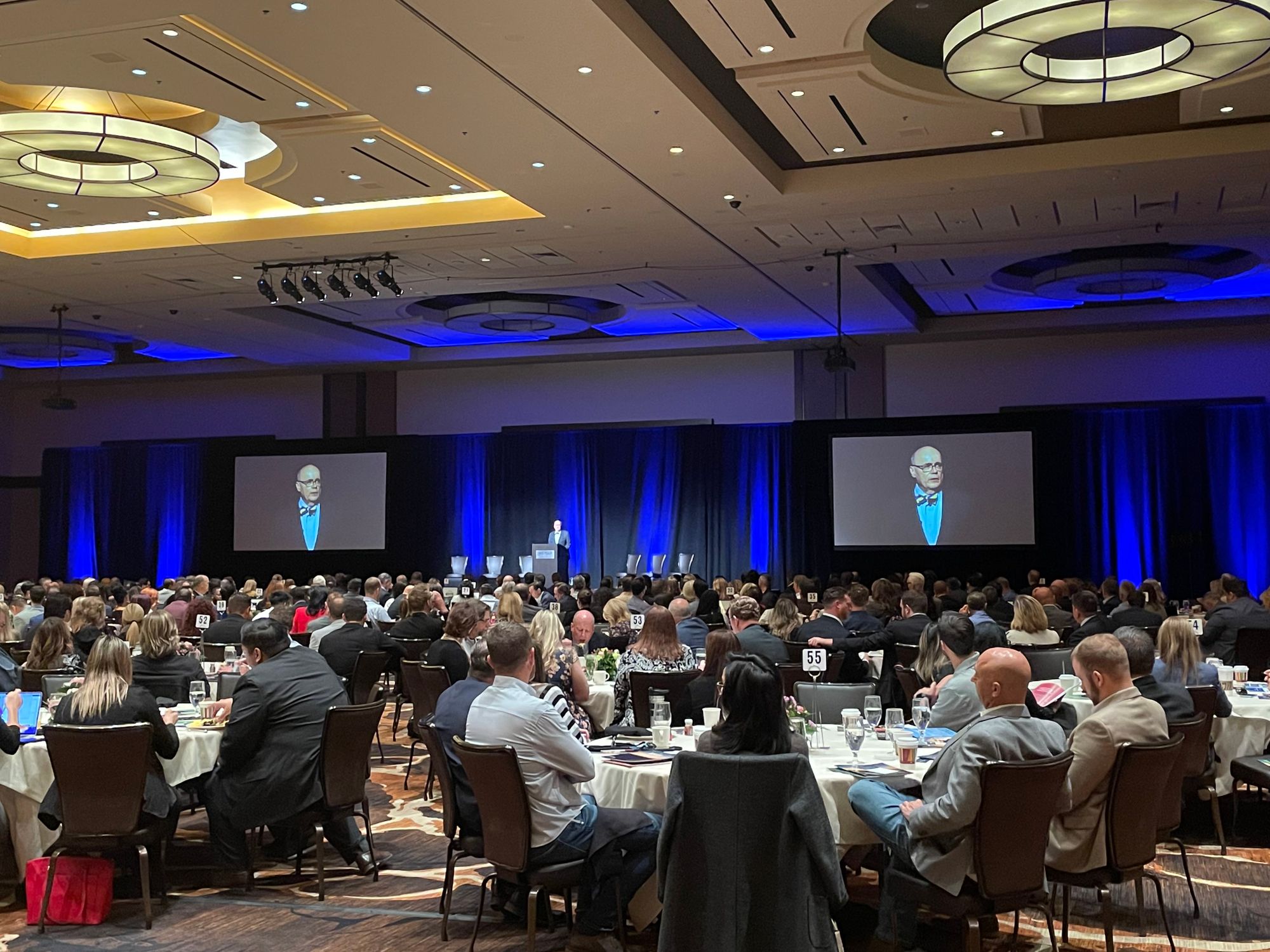
Affordable Housing
Home prices in Southern Nevada has been increasing rapidly during the pandemic due to demand overpassed supply. Many Californians move to Las Vegas for a better quality of life and lower cost of living. Shortage of construction workers and delays of materials caused construction projects more expensive and require longer time to complete. Houses in Southern Nevada are becoming less affordable for the locals. Recently, the City, County, and State announced their affordable housing plans:
- Governor Sisolak announced a $500 million affordable housing initiative at the State of the State press conference last month. The Nevada Housing Division will invest $500 million, along with other forms of available debt financing programs such as Low-Income Housing Tax Credits (LIHTC), to lower the cost of housing, help seniors make repairs and accessibility retrofits to stay in their homes, and boost housing availability. This fund is part of the federal American Rescue Plan dollars.
- Last week, the Clark County Commission unanimously approved a plan to help fund seven affordable housing developments that consist of 602 units. Since January 2020, more than 1,100 affordable housing units have been construction or are under construction in Clark County.
- The Las Vegas City Council voted in February to award $121,070,000 in American Rescue Plan Act funding. The funds were divided into four categories, with 20% going toward affordable housing projects, 20% to businesses, 20% to pandemic response and 40% to nonprofit organizations.
- Nevada Housing Division announced $300.7 million tax-exempt bond for affordable housing projects.
Diversifying Southern Nevada's Economy
The event began with remarks from Michael Brown, Executive Director of the Nevada Governor’s Office of Economic Development (GOED), who illustrated the continued need for economic diversification in the region. The picture below shows the targeted industries that the GOED is focusing on.
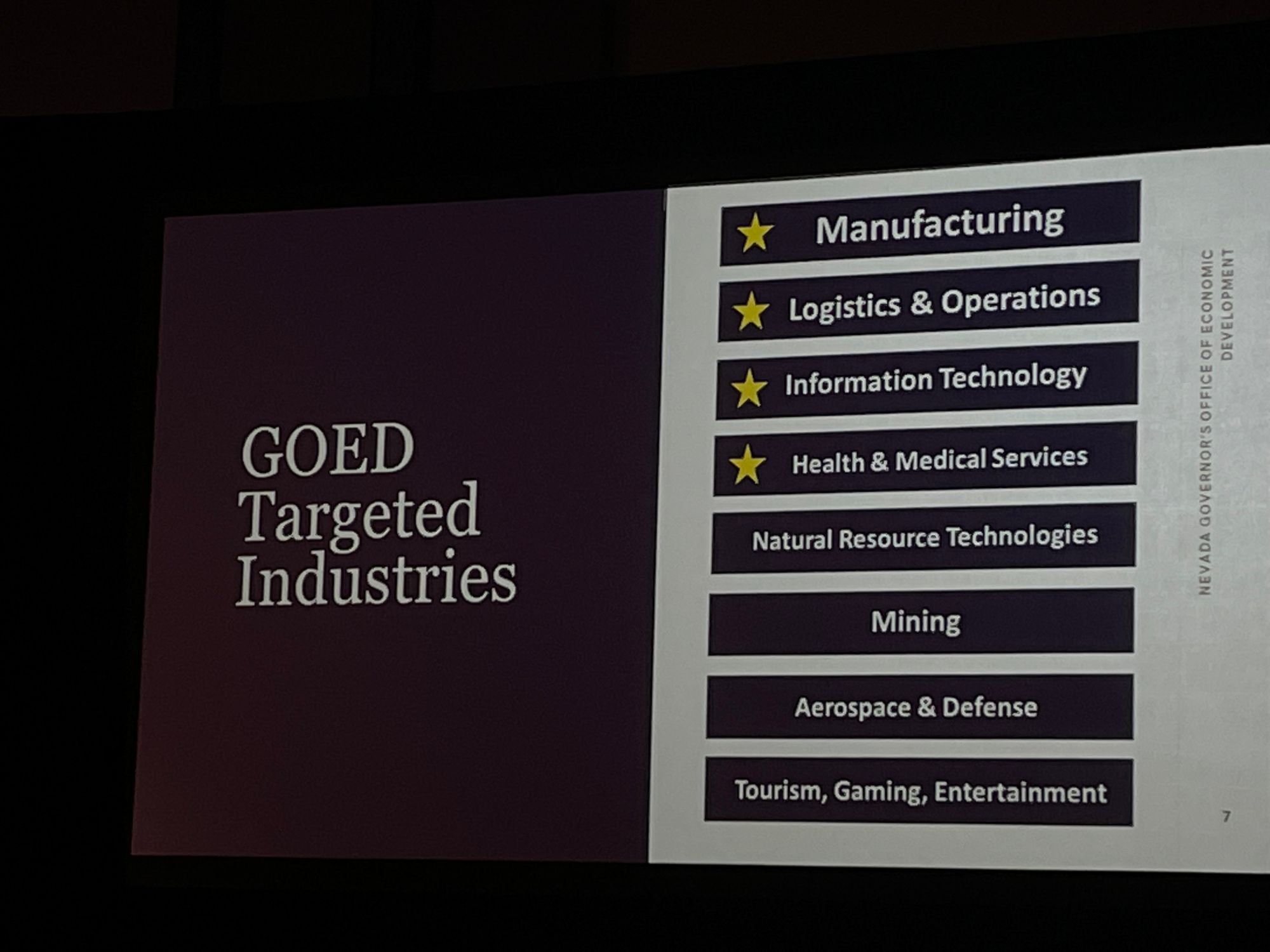
A panel of representatives from each municipality in Southern Nevada and moderator Betsy Fretwell, Chairwoman of LVGEA 50, talked about the economy development activities in each municipality.
Jared Luck, Director of Public Affairs & Economic Development at the City of North Las Vegas, talked about Apex and its long-term industrial park development plan. Apex has over 20,000 acres of land and the City of North Las Vegas is continue finding solutions to put water line and infrastructure to this site. According to a 2016 study by the Urban Land Institute Nevada chapter, Apex Industrial Park could create 20,000 direct jobs and 56,000 indirect jobs for Southern Nevada.
Shani Coleman, Director of Community & Economic Development of Clark County, talked about The Office of Community and Economic Development. The office is established to answer questions for new and existing businesses and serve as the primary point of contact for companies looking to develop or expand to Clark County.
Water Issue
The Las Vegas Valley gets about 90% of its water from the Colorado River. Drought and climate change have caused Lake Mead to drop nearly 150 feet since January 2000. And in 2002, the Colorado River experienced its lowest recorded flows on record.
According to the Las Vegas Valley Water District, the community used 24 billion gallons less water in 2020 than in 2002, despite a population increase of more than 780,000 residents during that time. This represents a 47 percent decline in the community’s per capita water use since 2002.
- Recently, the Nevada Legislature passed a law prohibiting the use of Colorado River water to irrigate unused, decorative grass around business complexes, along streets in HOA communities, and in traffic circles and medians by the end of 2026. The Southern Nevada Water Authority offers a rebate to help cover costs of removal.
- The community is following a mandatory watering schedule for landscape.
- For both City of Las Vegas and Clark County, no new turf is allowed in front years on single-family homes.
- Since 2004, existing golf courses have operated under strict water budgets set by the Las Vegas Valley Water District. Southern Nevada golf courses have replaced 900 acres of turf with desert landscaping and invested in water efficiency and management projects.
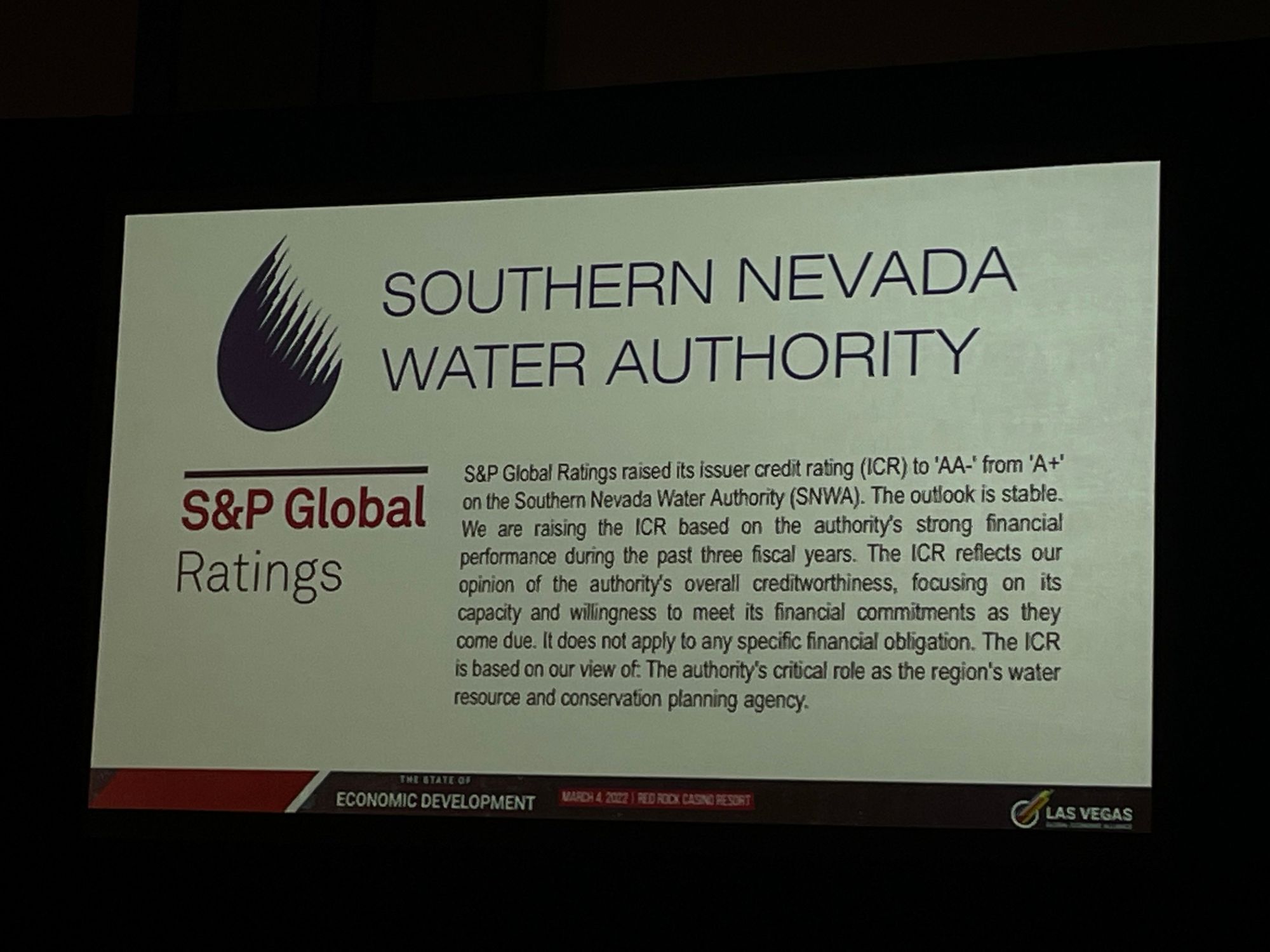
S&P Global Ratings raised its issuer credit rating from "A+" to "AA-" on the Southern Nevada Water Authority. The outlook is stable.
Lack of Private Developable Land
About 81% of the land in Nevada are owned by the federal government. Nevada ranked second in the nation in federal land ownership. Scarcity of private, developable land continue pushes land and home prices to go up. U.S. Sen. Catherine Cortez Masto introduced S567 - Southern Nevada Economic Development and Conservation Act to "protect over 2 million acres of public land for conservation and recreation while allowing Clark County to develop affordable housing and responsibly plan for population growth" (S567).


Workforce Development and Small Businesses
Labor shortage and workforce training are two hot topics addressed by the panlists from each municipality in Southern Nevada:
- In February, Workforce Connections, Southern Nevada’s Local Workforce Development Board (LWDB), was awarded $1 million of American Rescue Plan funds to help its industry-focused workforce development program. Workforce Connections will use the fund to support workforce development activities for adults and youth, as well as staff to support the new industry partnerships. The organization is committed to continuing the program beyond this initial funding.
- Nevada Governor’s Workforce Development Committee will explore ways to make community college or other apprentice and training programs free for more Nevadans by 2025.
- Ryan Smith, Director of Economic & Urban Development at City of Las Vegas, said the City opened a second Innovation Center to provide business guidance and resources and support startups to growth and hire local talents.
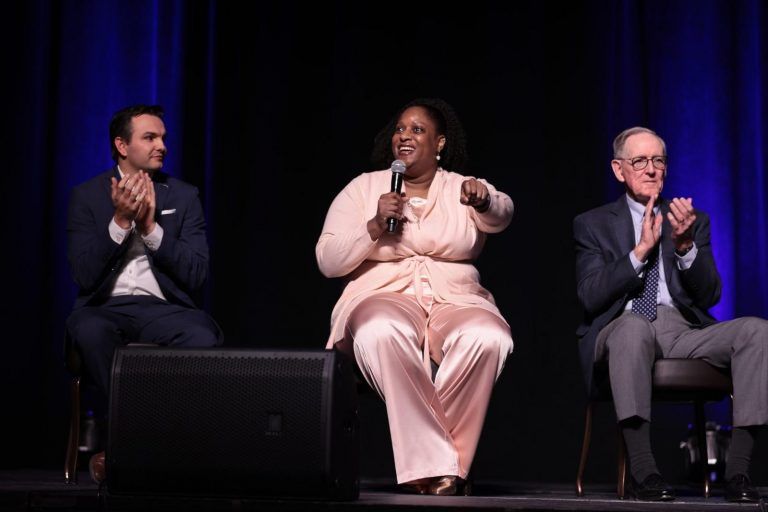
UNLV and New Development
Last month, UNLV released a master plan for its Maryland Parkway campus. The long-term objective is to expand its existing campus, replace old buildings, and develop a safe, collaborative university district in that area.
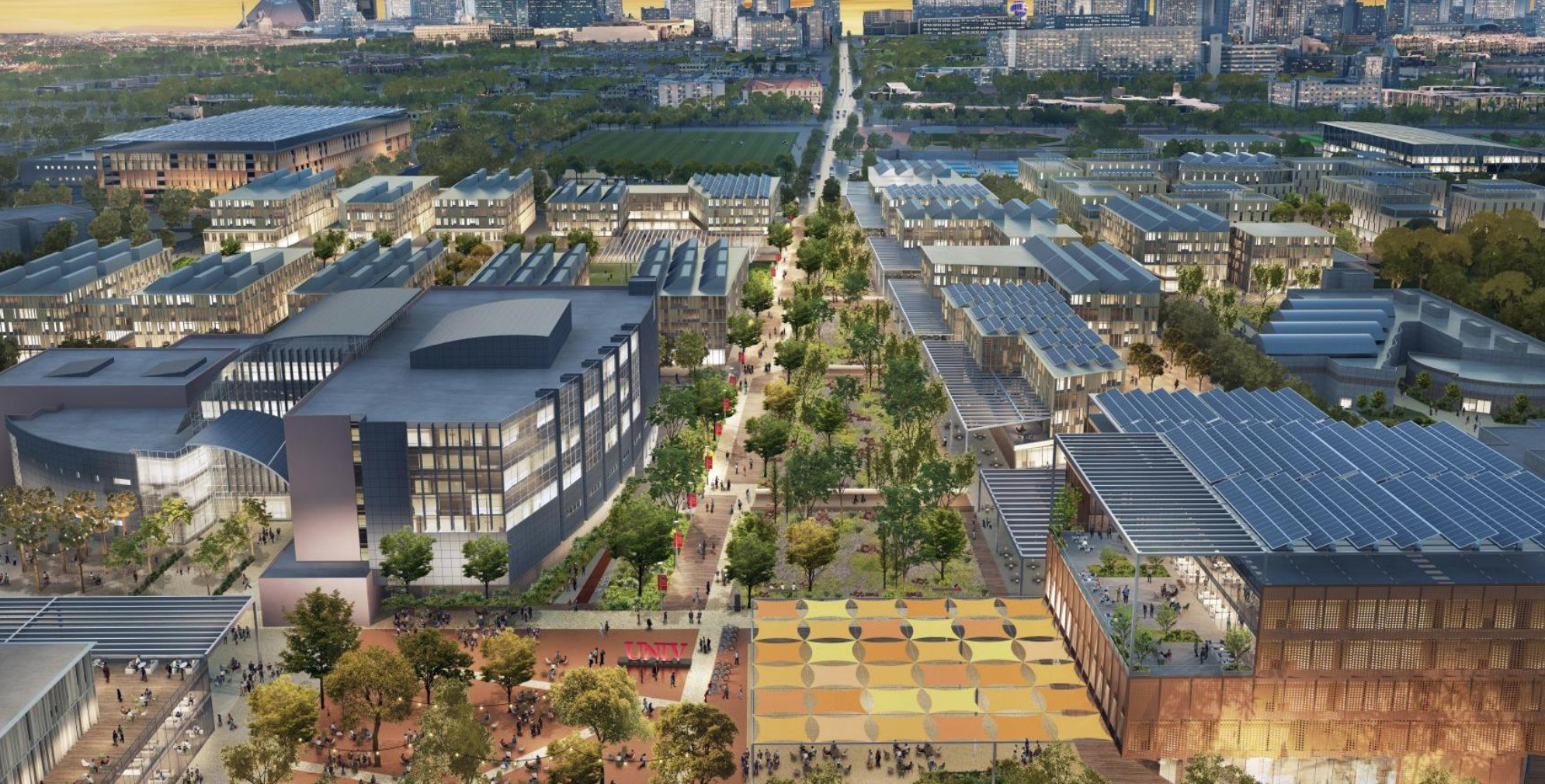
The UNLV Kirk Kerkorian School of Medicine is currently construction in the medical district on E. Charleston rd. and I-15. The Las Vegas City Council recently approved a new hotel, parking garage, and office building development in partnership with UNLV in the medical district.
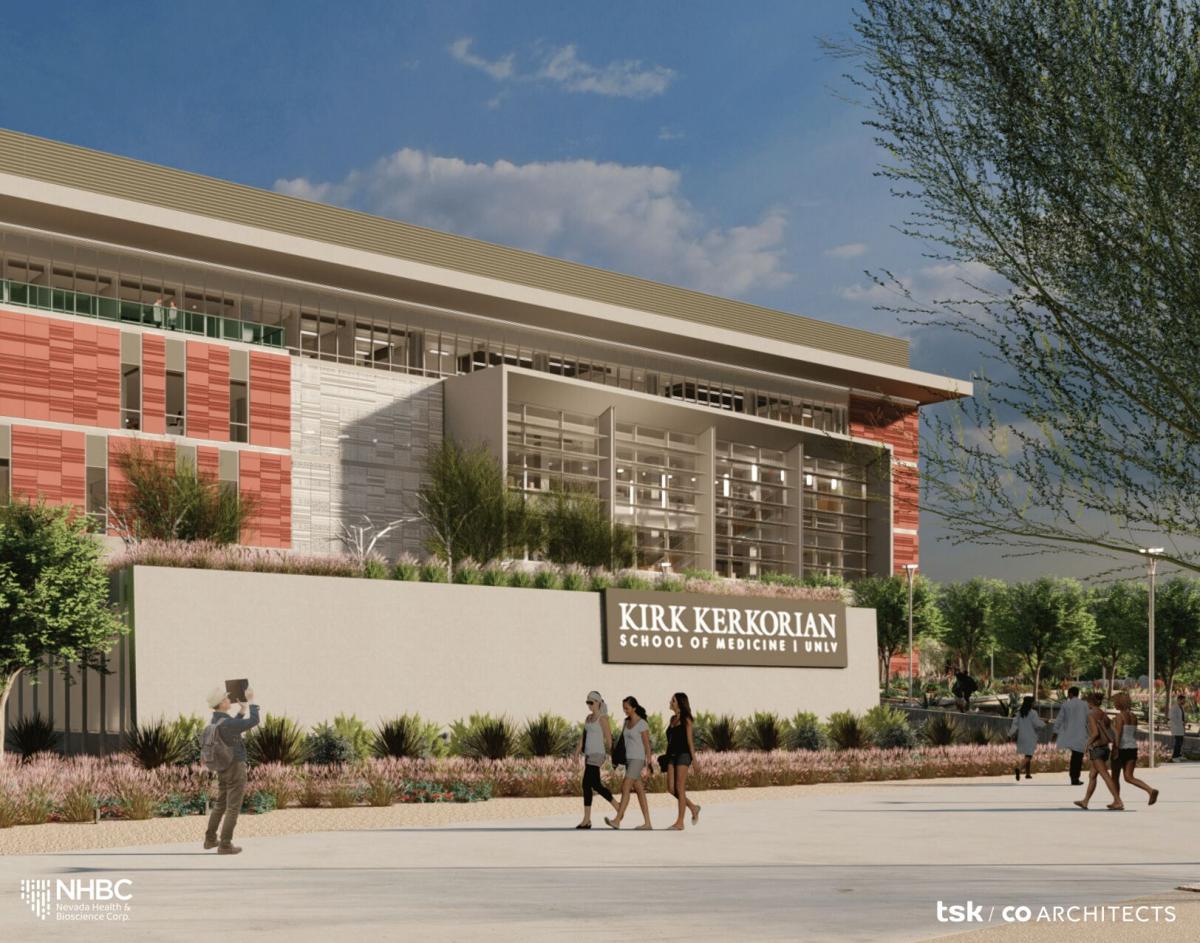
Last week, the Howard Hughes College of Engineering broke ground its new Advanced Engineering building. According to the engineering college, by 2030, the college is projected to have more than 5,000 enrolled students, be graduating 500 students annually, and be producing $20 million in research grants.
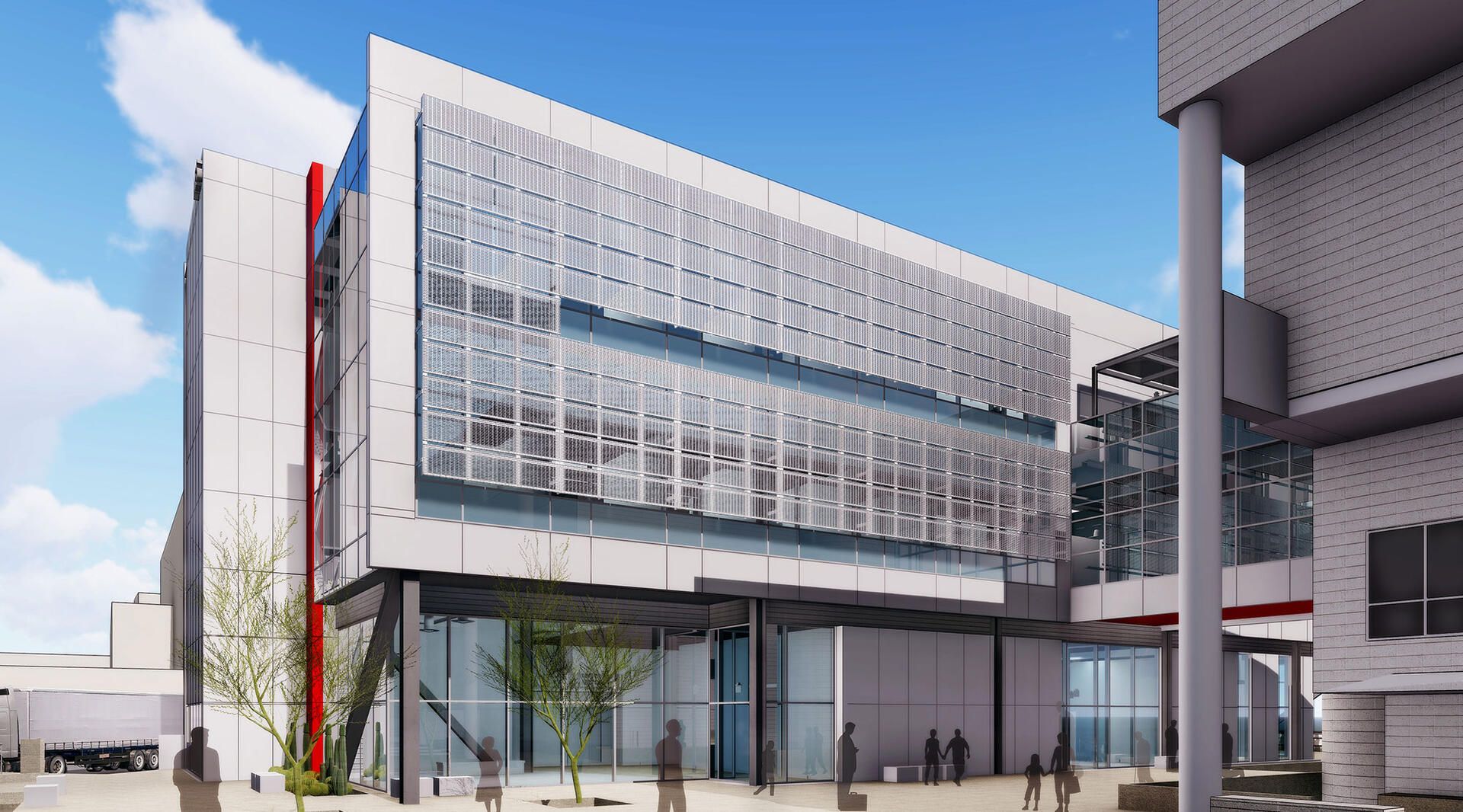
The Future
The event concluded with a "myth vs. fact" presentation by Tina Quigley, President & CEO of LVGEA. As Southern Nevada continue to growth, we have many challenges to solve. But together as a community, we can solve any challenges ahead of us. #HomeMeansNevada
This article is written by Minja Y. from Vegas Business Digest. Subscribe to our email newsletter and follow us on social media. #HomeMeansNevada
Subscribe to our weekly email newsletter

